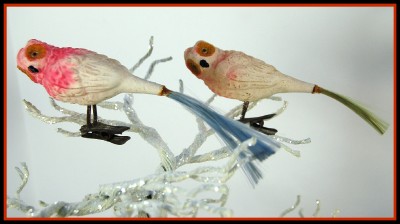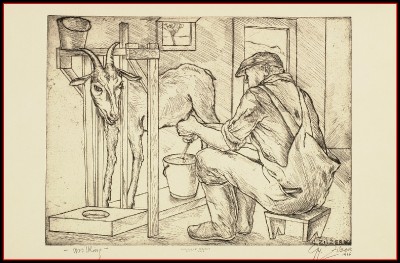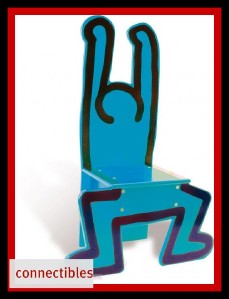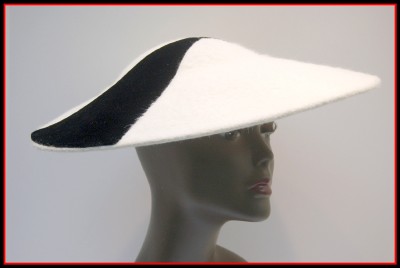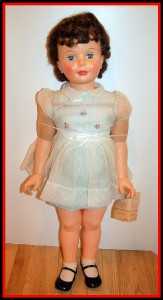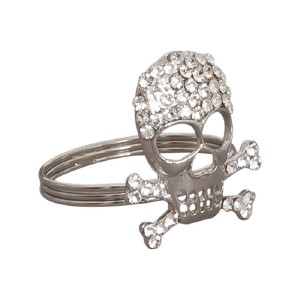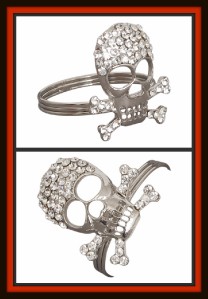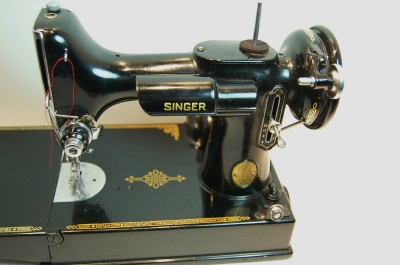 We’re always excited when we find a Singer FEATHERWEIGHT Sewing Machine, as we know how much they are loved! These are very popular with quilters; they are pretty light to carry and a great machine to take “on location”. Pictured to the left is a classic 221 in a VERY nice case, which is more compact and easier to carry than others. Plate number AH 345118, with production date of Oct 28, 1947.
We’re always excited when we find a Singer FEATHERWEIGHT Sewing Machine, as we know how much they are loved! These are very popular with quilters; they are pretty light to carry and a great machine to take “on location”. Pictured to the left is a classic 221 in a VERY nice case, which is more compact and easier to carry than others. Plate number AH 345118, with production date of Oct 28, 1947.
Starts easily and appears to run smoothly, but all I did was turn it on, as I am not a quilter or seamstress. The condition outside is overall EXCELLENT, with some light marks or scratches to the glossy finish. Medallion gold is sharp & crisp.
ORIGINAL Striated plate is excellent. The original pedal is in excellent condition as well. The carrying case is in excellent condition as well, with no oil odor at all —cleaner than most you find. More compact than many others, measures 13″ x 8″ x 12″.
LOTS of accessories, including an instruction booklet (dated 1955), an attachments box, and motor lubricant, all in excellent condition in their own boxes. Available at connectibles.
